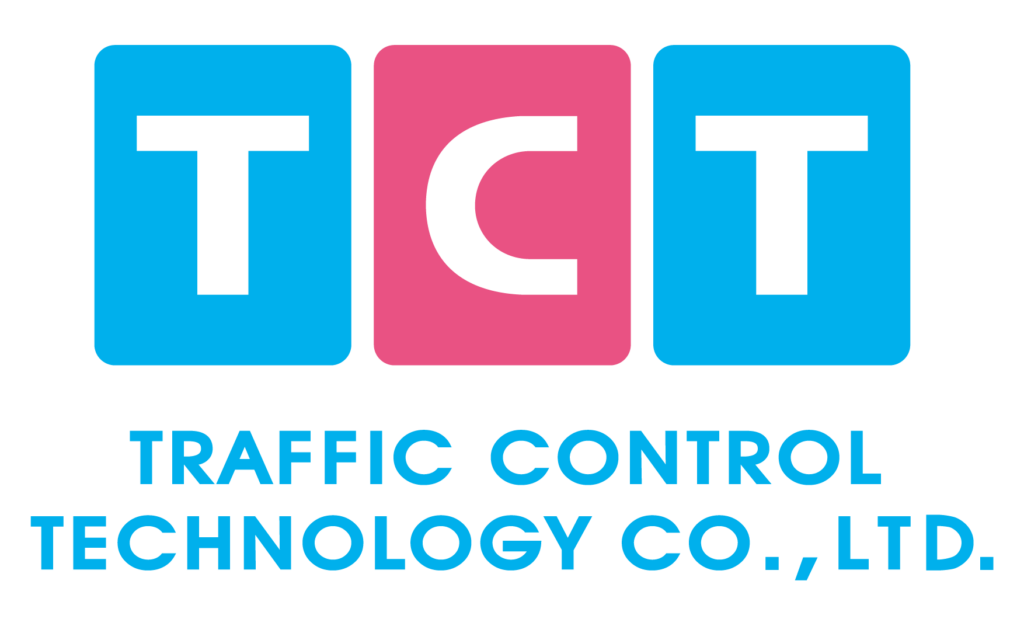
In the case of the breakdown of the existing signal system, the train will be turned under manual operation driving. In view of the unstable working state of the manual operation, the identification ability will vary from person to person, etc. A system shall be needed to assist the driver to judge the distance of the train ahead and give hints, so as to avoid the collision or switch splitting caused by human errors.
It integrates with AI, machine vision and ubiquitous perception technology to realise digitalisation of rail transit operation environment and can be applied to scenarios such as intelligent detection of obstacles and unattended inspection of the machine room. In 2019, TCT’s self-developed TIDS obtained SIL2 safety certification and in 2021, obtained SIL4 safety certification. At present, the next-generation TIDS based on AI has been put into field test, with the core technology of ‘rail transit intelligent perception integrating with multiple sensors’.
By means of integrating with a camera, laser radar and other sensors and the core technologies of AI, image recognition and edge computing, it can percept the front active environment such as the train, obstacles, track and signal, applied to the backup system when the onboard control system is failed and improves the driving safety in failure and emergency scenarios.

